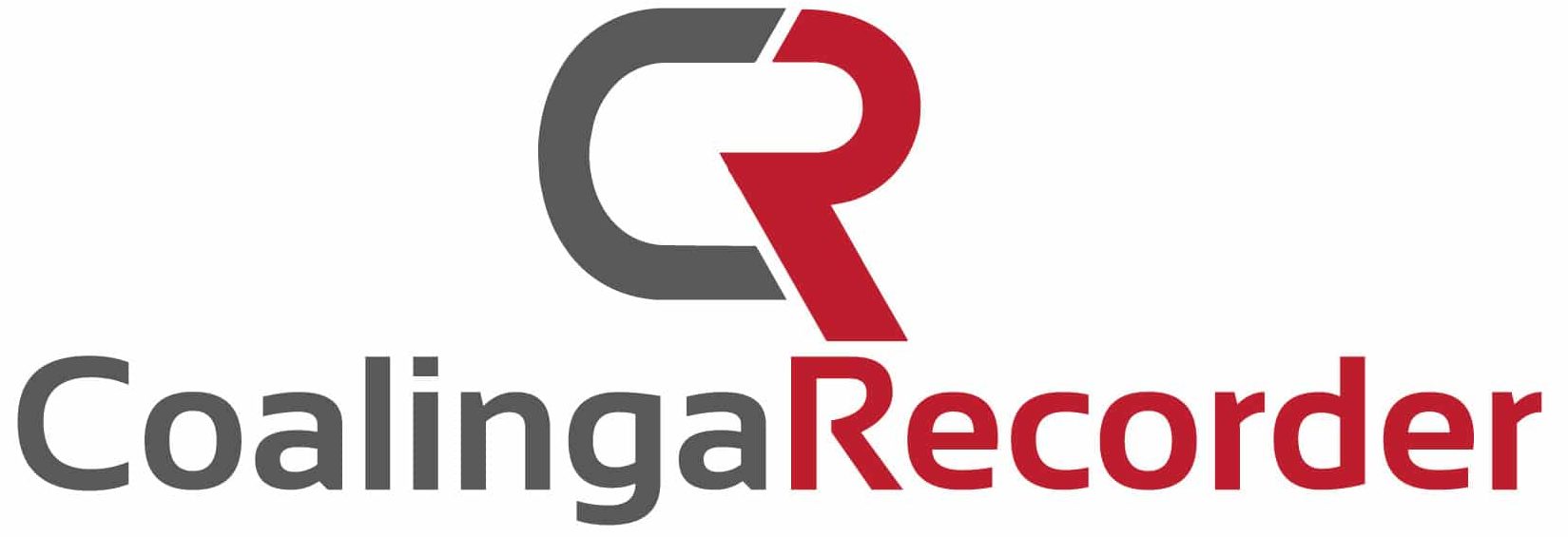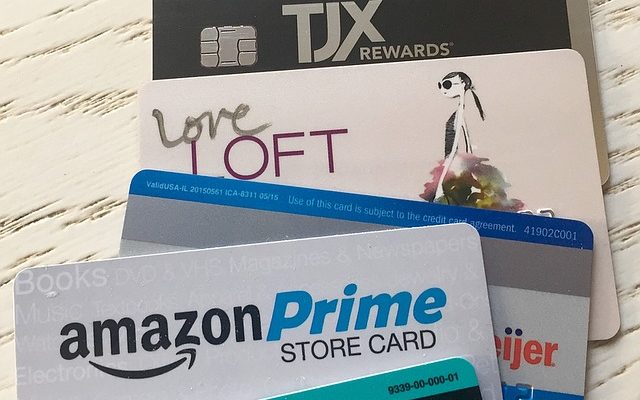Credit cards provide you with a number of benefits. You can reserve a car at the airport, pay for a movie at Red Box, and shop online for clothes. No doubt about it. They are convenient.
They can also be the way that money leaks out of your bank account, like water leaks out of a sieve.
Before you know it, you’re paying more and more in interest and less and less into more important accounts, like your savings or your retirement accounts. Therefore, it’s in your best interest – literally – to pay down your credit card debt.
If that’s the motivation that brought you to this page, then take heart. One of the things we do at Interstate Associates is give people advice about how to pay down their credit card debt. Here are our two best methods for paying down credit card debt.
The Debt Snowball
Financial expert Dave Ramsey is known for his snowball method of debt reduction.
Here’s how it works. First, you want to list out all of your credit card debts, going from the smallest amount to the largest. For the moment, you’ll ignore the interest rates on each of the cards.
Next, make a list of the minimum payment that each requires. If you do this method, then you’ll pay at least the minimum on each card.
Here’s where the snowball comes in. Pay any extra money you have toward the credit card with the smallest amount. If you don’t have much extra money, then think about getting a part-time job or having a garage sale. Do this until the balance on this card is completely paid off.
Repeat these steps, continuing to pay the minimum on all of your cards, except the one card that you’re applying the debt snowball to. Do this until all of your cards get paid off.
It’s important to note that on this payback method, you won’t concern yourself with the interest rates. You’re going for the psychological boost that you’ll get from paying a bill off completely.
Pay the Highest Interest Rate Card First
This method is one that is recommended by Forbes and almost the opposite of the previous one, though some of the steps will be the same.
As before, you’ll make a list of all of your credit cards, but this time, you’ll rank them going from the one that has the highest interest rate to the one that has the lowest interest rate.
Next, you’ll make a plan to put all of your extra money toward the card with the highest interest rate. On the rest, you’ll pay the minimum.
Again, if you need to take on an extra job or sell some items, then do so. You really want to tackle this problem.
Once the card with the highest interest rate is out of the way, then move on to the card with the next highest amount.
Follow the same steps, hitting each card with the same plan until they all get paid off.
Final Thoughts
Many people ask the staff at Interstate Associates which method works the best. The truth is the answer to that is very individual. For some, they need the psychological boost that the debt snowball provides. It’s a strategy that offers some quick wins early in the game.
For others, the idea of possibly paying more in interest than they need to is really unpalatable. For them, paying off the highest interest rates make more sense. They want to pay less in the end, and tackling the highest interest rates first allows them to do that.
And so it will be with you when you’re paying off your credit cards. The best method is the one you do until all your cards are paid off.




